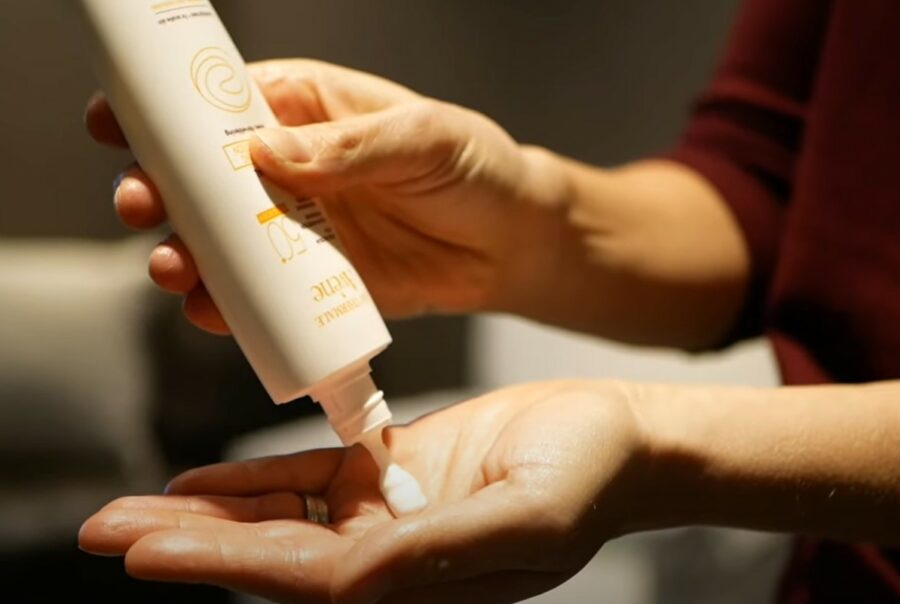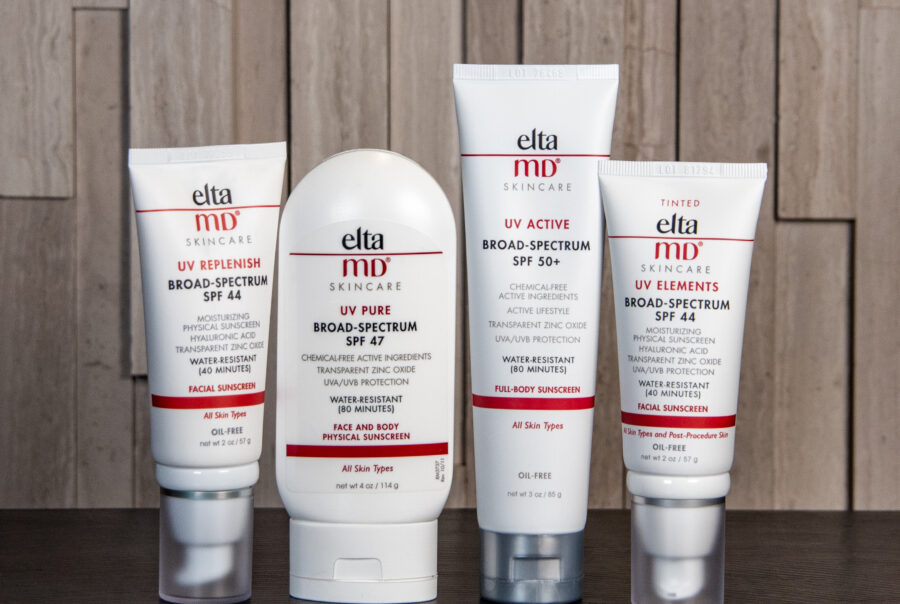Protecting your skin from the harmful effects of the sun is crucial for maintaining healthy, youthful skin and reducing the risk of skin cancer. This guide will help you understand the importance of sun protection and the differences between mineral and chemical sunscreen, as well as provide essential sun safety tips.
The Importance of Sun Protection
Sun protection is vital for several reasons:
- Preventing Skin Cancer: Regular use of sun protection can significantly reduce the risk of skin cancer, including melanoma, the most dangerous form.
- Reducing Signs of Aging: Sun exposure is a leading cause of premature aging, including wrinkles, fine lines, and sun and age spots. Protecting your skin helps maintain a youthful appearance.
- Avoiding Sunburn: Sunburns cause immediate discomfort and increase the risk of long-term skin damage and skin cancer.
Recommended Minimum SPF: 30
Dermatologists recommend using a broad-spectrum sunscreen with a minimum SPF of 30. This level of SPF blocks about 89% of UVA rays and about 97% of UVB rays. Higher SPFs provide slightly more protection, but no sunscreen can block 100% of UV rays. The key is to apply it generously and reapply every two hours or more often if swimming or sweating. You can significantly reduce the risk of skin damage by using sun protection and practicing sun safety.
Mineral vs. Chemical Sunscreen: What’s the Difference?
Understanding the differences between mineral and chemical sunscreens can help you choose the best product for your skin type and lifestyle.
Mineral Sunscreen: A Physical Barrier

Mineral sunscreen creates a physical barrier on the skin that reflects UV rays. Here are the main features:
- Physical Barrier: Sits on top of the skin and physically blocks UV radiation.
- Active Ingredients: Common ingredients include zinc oxide and titanium dioxide.
- Broad Spectrum Protection: Provides protection against both UVA and UVB rays.
- Immediate Effectiveness: Effective as soon as it is applied.
- Visible on Skin: Often leaves a visible white residue, which can be a drawback for some users.
- Suitable for Sensitive Skin: Generally recommended for people with sensitive skin or allergies due to its gentle ingredients.
Chemical Sunscreen: A Chemical Shield

Chemical sunscreen absorbs UV radiation and converts it into heat, which is then released from the skin. Here are the main features:
- Chemical Barrier: Absorbs UV rays and transforms them into heat.
- Active Ingredients: Common ingredients include avobenzone, octinoxate, and oxybenzone.
- Broad Spectrum Protection: Many sunscreens offer protection against both UVA and UVB rays, but this depends on the formulation.
- Absorption Time: Requires about 20-30 minutes to become effective after application.
- Invisible on Skin: Typically goes on clear and does not leave a visible residue.
- Variety of Formulations: Available in lotions, sprays, gels, and other formulations to suit different preferences.
Expert Insights: Dr. Michael Nazareth Debunks Sun Protection Myths
Discover expert insights from Dr. Michael Nazareth, President of Western New York Dermatology and Medical Director of Healthy Complexions Spa, as he debunks myths about sunscreen, discusses the differences between mineral and chemical sunscreen, their safety, and why proper sun protection is crucial for all skin types. Dr. Nazareth provides valuable advice to help you effectively protect your skin from UV damage.
Making the Right Choice
Choosing between mineral and chemical sunscreen depends on your personal preferences and skin type. If you have sensitive skin or prefer immediate protection, mineral sunscreen might be the better option. If you want a product that goes on clear and absorbs quickly, chemical sunscreen could be more suitable.
Sun Safety Tips
To maximize your sun protection and ensure sun safety, follow these additional tips:
- Apply Sunscreen Generously: Use about an ounce to cover all exposed skin.
- Reapply Sunscreen Regularly: Reapply every two hours, or immediately after swimming or sweating.
- Seek Shade: When the sun is at its strongest (10 am to 4 pm), try to stay in the shade.
- Wear Protective Clothing: Long-sleeved shirts, pants, wide-brimmed hats, and sunglasses can provide additional protection.
- Be Mindful of Reflection: Water, sand, and snow can reflect and intensify UV rays, so take extra precautions in these environments.
